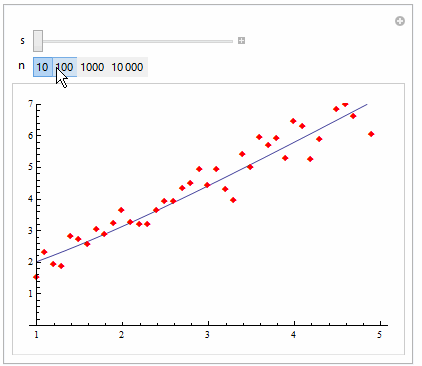Say $Y=g(X)$ and $p_X = \frac{e^{-\frac{(\mu -\log (x))^2}{2 \sigma ^2}}}{\sqrt{2 \pi } x \sigma }$ is Log-normal density function: [Wiki]
Find E[Y]?
Since $E[Y] = \int_0^\infty y f_Y \ dy = \int_0^\infty g(x)f_X(x)dx$. So, I do not need to find $f_Y(y)$.
.
px = Simplify[PDF[LogNormalDistribution[Mu, Sigma], x], x > 0]
Integrate[Log2[1 + x] px, {x, 0, \Infinity}, Assumptions -> {Sigma > 0}]
.
Unfortunately, Mathematica cannot evaluate this integral for a closed form expression and I'm not quite sure how else to solve it. Will appreaciate any help I can get on the evaluation steps.
Edit:
I've also tried the code below with no results:
Expectation[Log2[1 + x], x \[Distributed] LogNormalDistribution[Mu, Sigma]]



